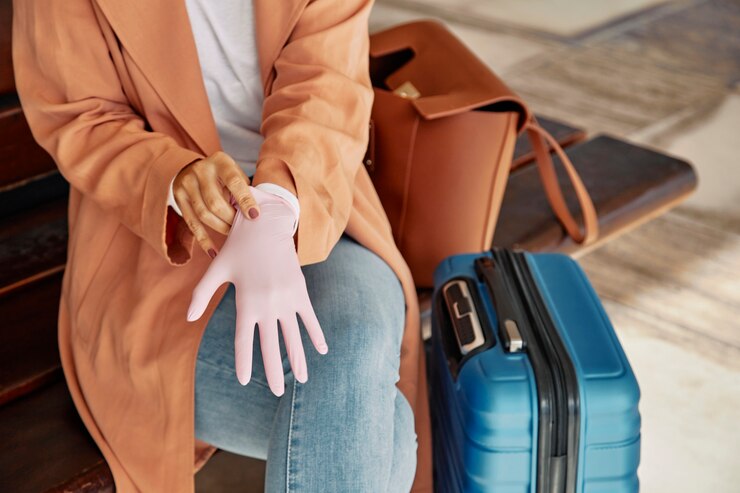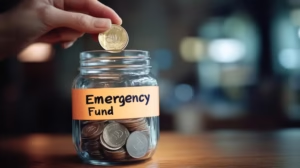The Art of Soft Travel: Embracing Slow, Sustainable, and Immersive
Discover the beauty of soft travel—an approach that prioritizes slow, sustainable, and immersive experiences.
Travel isn’t about speed—it’s about experience!
In a world driven by efficiency and fast-paced movement, the concept of soft travel offers a refreshing perspective.
It’s an approach that emphasizes slowing down, engaging deeply with destinations, and prioritizing sustainability.
Unlike traditional tourism, which often focuses on checking off landmarks, soft travel encourages a mindful, immersive experience that benefits both travelers and the places they visit.
Soft travel is about embracing a journey rather than rushing toward a destination. It involves choosing local transportation over quick flights, opting for homestays rather than hotels, and savoring moments rather than merely capturing them.
By reducing environmental impact and fostering cultural understanding, this approach transforms travel into a meaningful and enriching endeavor. Slow down, embrace the moment, and make every journey meaningful.

The core principles of soft travel
At its heart, soft travel is defined by three main principles: slowing down, sustainability, and cultural immersion. These elements work together to create a more rewarding and responsible travel experience.
Slowing Down the Journey
Soft travel encourages a deliberate pace, allowing travelers to truly absorb their surroundings.
Whether it’s exploring a single city for weeks or traveling by train instead of rushing through airports, taking time fosters deeper appreciation and reduces travel fatigue.
Sustainability and Low-Impact Travel
Environmental consciousness is key to soft travel. Choosing eco-friendly accommodations, reducing single-use plastics, and favoring public transport help minimize one’s carbon footprint.
Supporting local economies by purchasing from small businesses rather than large chains further enhances sustainable tourism.
Cultural Immersion and Connection
Instead of skimming the surface, soft travelers seek authentic cultural experiences.
This means learning local customs, engaging in meaningful conversations, and participating in traditions.
Cooking with a local family, attending community events, or learning a new language enriches the travel experience beyond typical sightseeing.
Soft Travel in Practice: Making Thoughtful Choices
Embracing soft travel doesn’t require drastic changes—small, intentional decisions make a significant impact. Consider these practical steps to incorporate soft travel principles into your next trip:
- Choose Slow Transportation: Instead of flying short distances, take trains, buses, or even bicycles. This reduces emissions and offers scenic, enjoyable journeys.
- Stay Local: Opt for boutique guesthouses, eco-lodges, or homestays that invest in their communities rather than large hotel chains.
- Eat Mindfully: Dine at family-owned restaurants and markets, supporting local agriculture while savoring authentic flavors.
- Engage in Responsible Tourism: Participate in ethical wildlife encounters, respect local traditions, and leave places better than you found them.
- Pack Light and Thoughtfully: Bringing reusable items, such as water bottles and cloth bags, reduces waste while traveling.
The Rewards of Soft Travel
Soft travel isn’t just about making responsible choices—it’s about enriching personal experiences. Slowing down allows travelers to notice the small details, from the rhythm of daily life in a village to the intricate craftsmanship in a local market.
Without the pressure of tight itineraries, travelers can form genuine connections, gain new perspectives, and create lasting memories.
Moreover, by choosing sustainable options, travelers contribute to the well-being of the destinations they visit. Instead of causing disruption, they become part of the ecosystem, leaving a positive footprint.
In addition, soft travel allows for greater self-reflection. With fewer distractions and a slower pace, travelers have the opportunity to engage in deeper introspection and mindfulness.
This approach fosters a stronger appreciation for both the journey and the self, leading to personal growth and renewed perspectives. Additionally, embracing soft travel can enhance creativity, as exposure to new cultures, landscapes, and traditions often sparks inspiration.
Whether it’s journaling, photography, or simply absorbing the surroundings, travelers find new ways to express themselves and connect with the world around them.
Final Thoughts: A New Way to See the World
Soft travel offers a more meaningful, sustainable, and immersive way to explore the world. It’s an antidote to the rush of modern tourism, allowing travelers to truly connect with their surroundings.
By adopting a slower pace, making mindful choices, and engaging deeply with cultures, soft travel transforms not just vacations, but the way we experience life itself.
The next time you plan a trip, consider taking the soft travel approach. You may find that the best journeys aren’t the ones where you see the most, but the ones where you feel the most.







